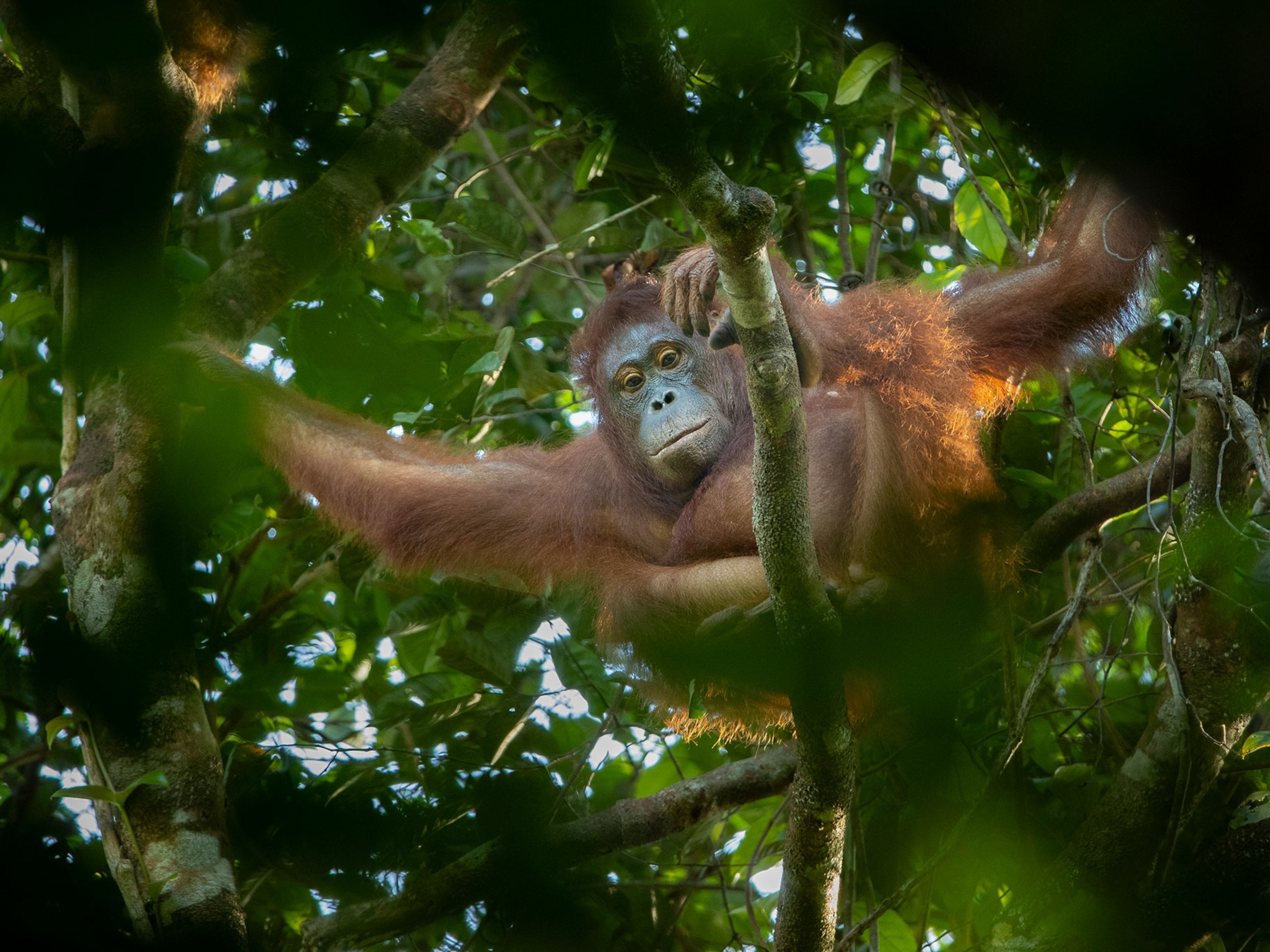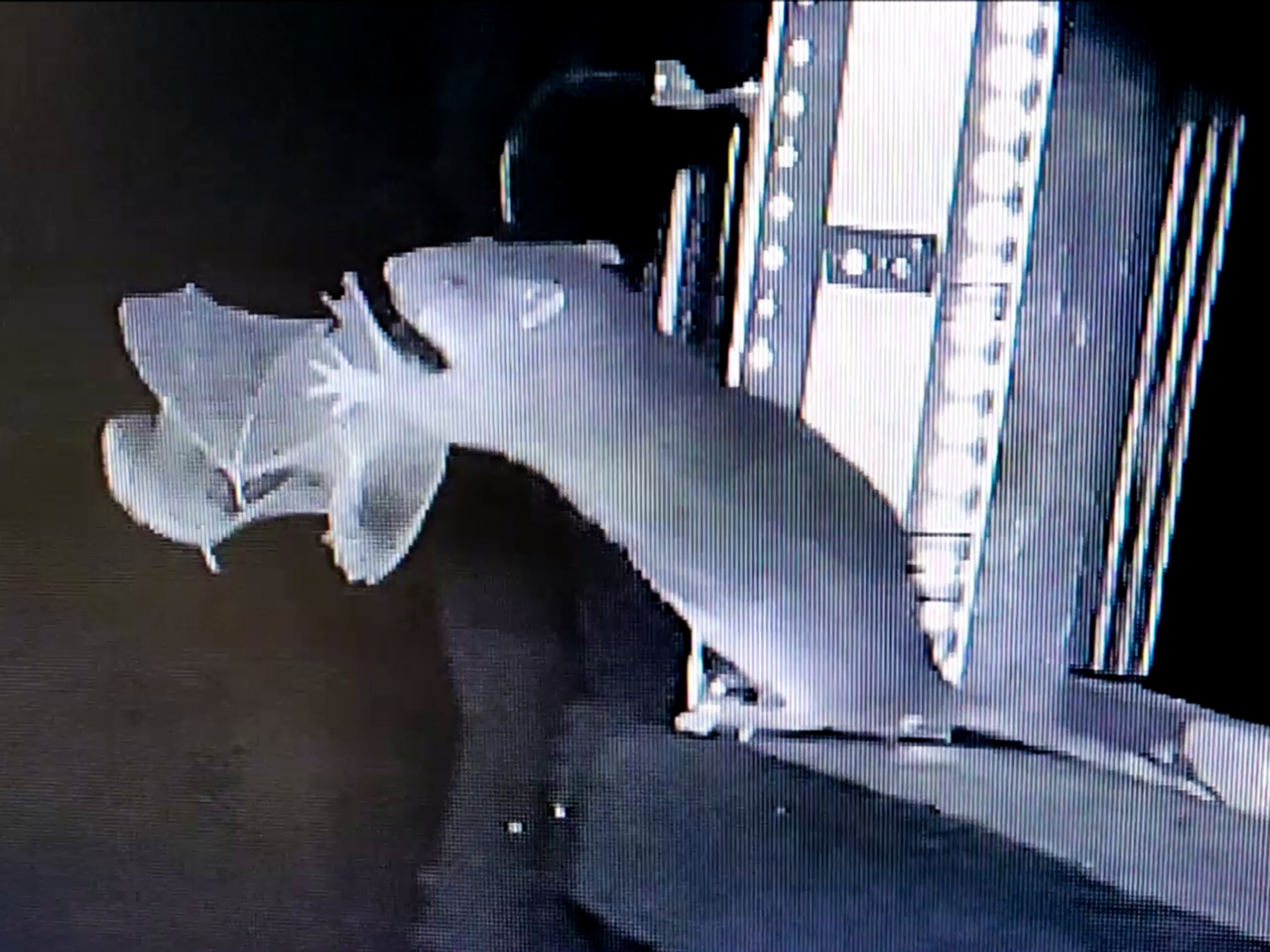
New Species Found: Thai Fossils Reveal Ancient Primate
A handful of fossil jaws from a Thai coal mine belong to a new species of nocturnal primates called tarsiers, scientists say.
A handful of fossilized jawbones found in a Thai coal mine belong to a new species of ancient tarsier, scientists say.
Tarsiers are primates that share a common ancestor with monkeys and humans. The big-eyed, nocturnal animals are today found mostly in Southeast Asia. (See a picture of a a pygmy tarsier found in Indonesia.)
The new species—named Tarsius sirindhornae—lived about 13 million years ago. Based on the fossil jaws, the whole animal would have weighed up to 6 ounces (180 grams), making it the largest known tarsier, said study leader Yaowalak Chaimanee, a geologist with Thailand's Department of Mineral Resources.
Chaimanee and her team recently found 18 jawbone fossils from the new species in an old coal mine in Lampang Province. Each jaw holds one to four tiny teeth.
Tarsiers were—and still are—pretty rare, she said, "so you can imagine to have 18 jaws is marvelous." (See pictures: "25 Most Endangered Primates Named.")
Tarsier Fossils Came From Poop?
Like modern tarsiers, the extinct species probably would have been a great jumper and would have had the ability to rotate its neck 180 degrees. But the fossils show that at least one trait makes the new species different from its descendants.
"We know living tarsiers eat insects or small mammals. They have very sharp teeth," Chaimanee said.
"Our fossils have very rounded teeth. Every tooth has worn. We expect [T. sirindhornae] ate something different"—but the team will need to do more research to discover what that might be, she said.
(Related: "Oldest Primate Fossil in North America Discovered.")
Chaimanee theorizes that the area around the coal mine was thick jungle when the ancient tarsier lived, and perhaps the jaw fossils belong to tarsiers that became dinner for flying predators.
"The predator made [waste] pellets, and then these pellets would wash out" into the region that became the coal mine, she said. "That would be why we found so many jaws together."
The new tarsier species is described in the December 2010 issue of the Proceedings of the Royal Society B.




